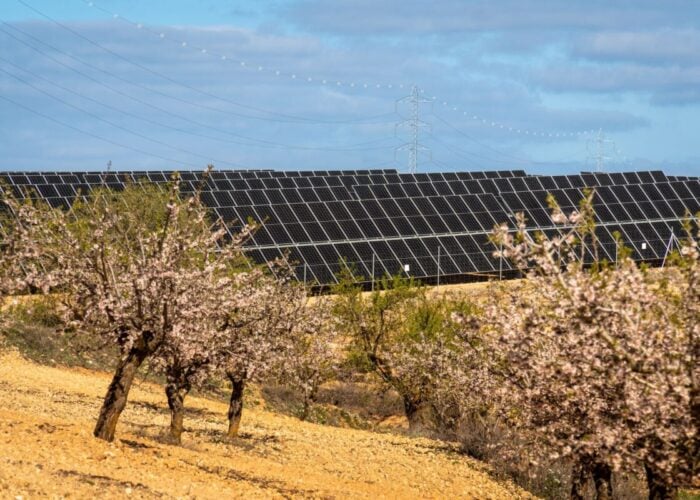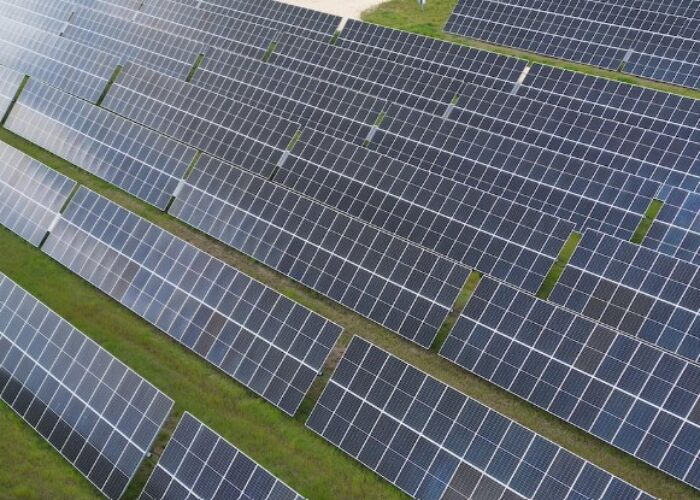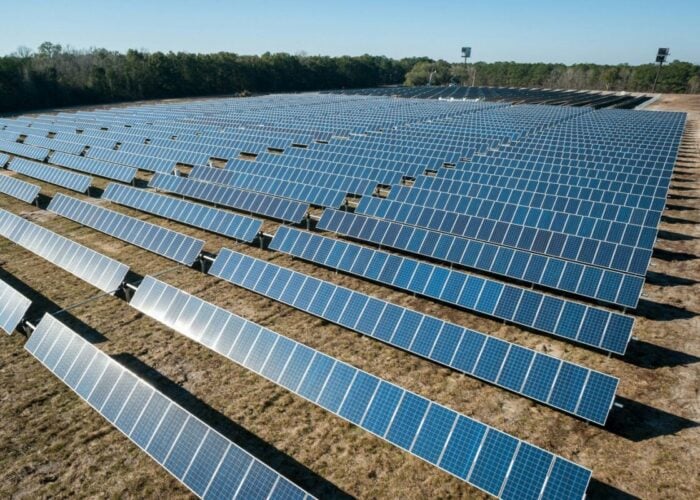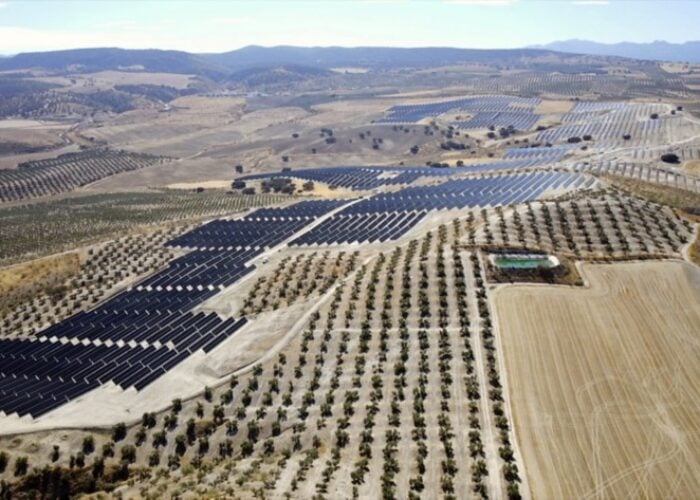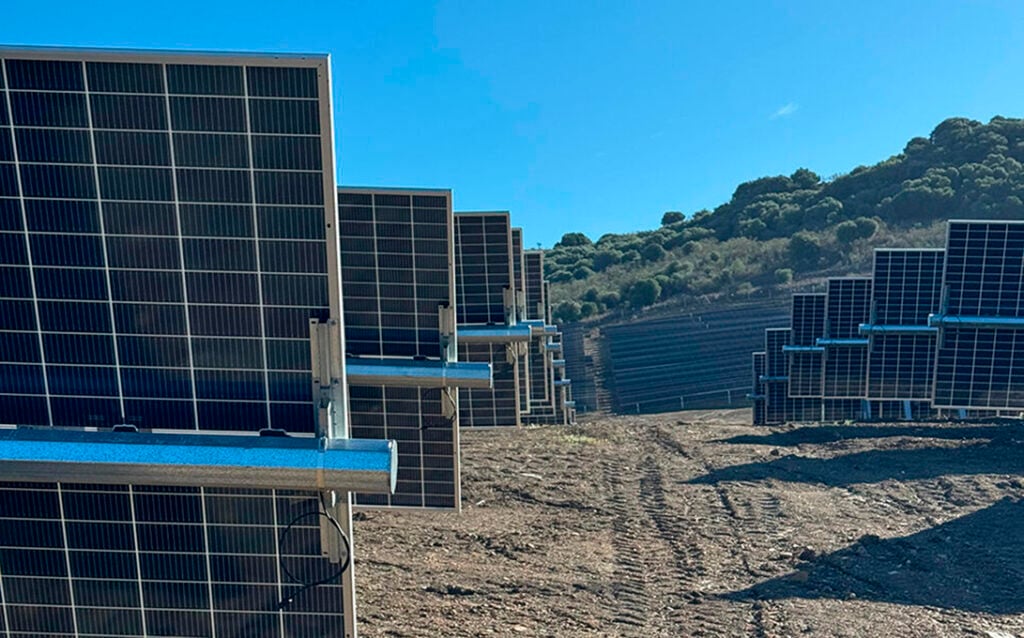
Spanish solar tracker manufacturer PV Hardware (PVH) has announced that its latest generation of trackers can move up to two degrees post-to-post, more than the current industry standard of 1.75 degrees.
The company noted that the technology is already integrated with its latest trackers, and is being deployed at “multiple” projects around the world that are currently in development. It explained that improving the flexibility of tracker systems can enable solar project installations on “more complex or irregular terrains”, potentially opening up more environments to be used for solar project installation.
Try Premium for just $1
- Full premium access for the first month at only $1
- Converts to an annual rate after 30 days unless cancelled
- Cancel anytime during the trial period
Premium Benefits
- Expert industry analysis and interviews
- Digital access to PV Tech Power journal
- Exclusive event discounts
Or get the full Premium subscription right away
Or continue reading this article for free
“By increasing the slope tolerance, we offer our clients greater design flexibility and the ability to build in locations previously considered too challenging or costly,” explained PVH global technical manager Eduardo Chillaron.
PVH claimed that the use of more flexible trackers could reduce the need for earthworks during site preparation by up to 90%, and enable the use of shorter piles, of 70cm in length, at solar projects.
Opening up more land to potential solar deployment will be an important step in realising the world’s clean energy targets. A 2023 report from McKinsey & Company found that an area of land equal to the size of Belgium would have to be opened up in France, Germany and Italy alone by 2040 to create enough space for the renewable energy projects necessary to meeting those countries’ climate targets.
Many of the world’s tracker manufacturers have sought to invest in greater technical and mechanical flexibility, in order to deploy their products in a greater range of environments.
In May, Array Technologies launched a new tracker for use in hail- and wind-prone regions in particular; in June, GameChange Solar announced plans to ship trackers to “challenging environments” across Latin America; and in July, VDE Americas verified the efficacy of the company’s hail stow feature at a study site in Arkansas.

